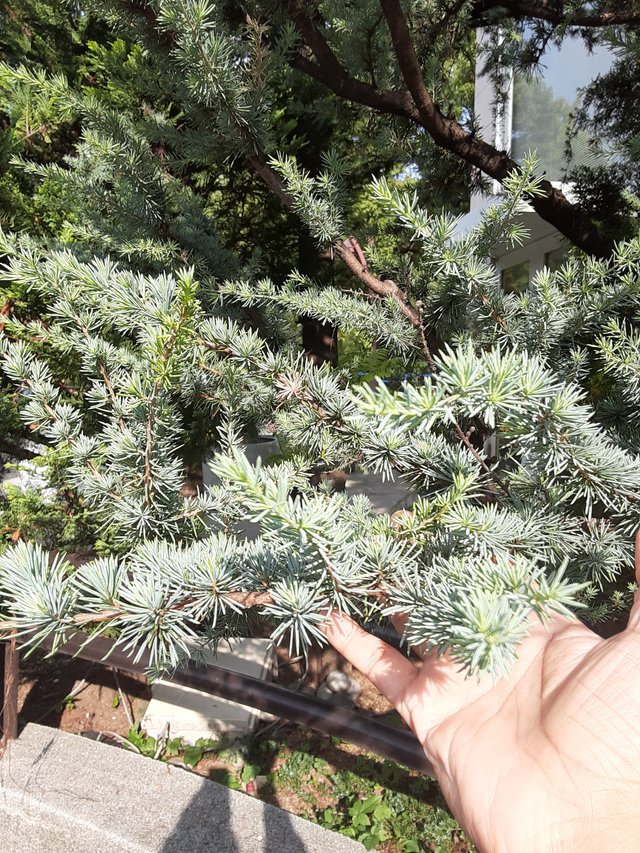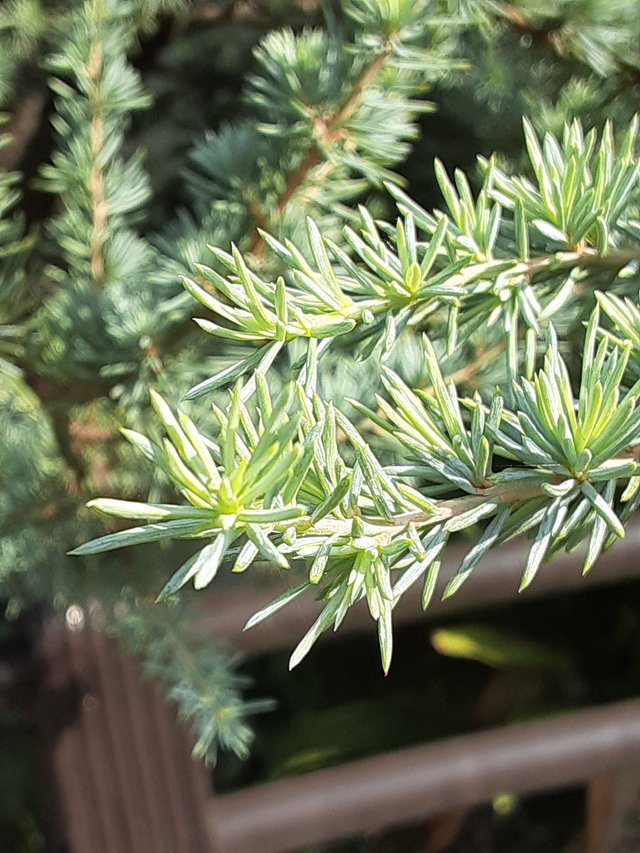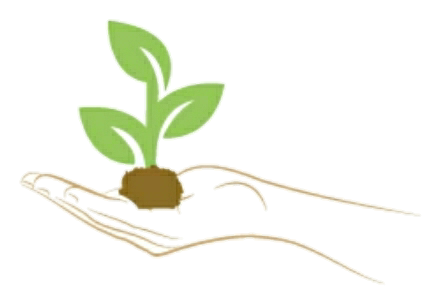
The Cedrus atlantica, commonly known as the Atlas cedar, is a majestic evergreen conifer native to the Atlas Mountains of Morocco and Algeria. It's a member of the Pinaceae family and is closely related to other cedar species like the Lebanon cedar and the deodar cedar.
Physical Characteristics:
- Size and Shape: Atlas cedars are renowned for their impressive size, often reaching heights of 100 to 120 feet (30-37 meters) with a spread of 60-80 feet (18-24 meters). They have a broad, pyramidal shape when young, gradually becoming more rounded with age.
- Bark: The bark is thick and rough, with a reddish-brown color that darkens with age. It's deeply furrowed and often peels off in large flakes.
- Branches: The branches are stout and spreading, often drooping slightly at the tips. They are covered in a dense layer of needles.
- Leaves: The leaves of the Atlas cedar are needle-like and are arranged in clusters of 20-40 on short spurs. They are typically bluish-green in color, although they can vary from pale green to dark blue-green depending on the variety. The needles are sharp-pointed and measure 0.5-1.2 inches (1.2-3 centimeters) long.
Leaves and Their Role:
- Photosynthesis: The leaves of the Atlas cedar play a crucial role in photosynthesis, the process by which the tree converts sunlight into energy. The needles contain chlorophyll, a pigment that absorbs sunlight and converts it into chemical energy.
- Water Retention: The needle-like shape of the leaves helps to reduce water loss through transpiration. The thick cuticle on the surface of the needles helps to prevent water from evaporating.
- Wind Resistance: The dense arrangement of needles on the branches helps to protect the tree from strong winds. The needles act as a barrier, deflecting the wind and reducing its impact on the tree.

Ecological Significance:
- Habitat and Biodiversity: Atlas cedars play an important role in the ecology of the Atlas Mountains. They provide habitat for a variety of plant and animal species, including birds, mammals, and insects.
- Soil Erosion Control: The dense root system of the Atlas cedar helps to prevent soil erosion. The roots anchor the soil in place, preventing it from being washed away by rain or wind.
- Carbon Sequestration: As with all trees, Atlas cedars absorb carbon dioxide from the atmosphere and store it in their wood. This helps to mitigate the effects of climate change.
Ref.:
 |  |
Upvoted! Thank you for supporting witness @jswit.
Downvoting a post can decrease pending rewards and make it less visible. Common reasons:
Submit